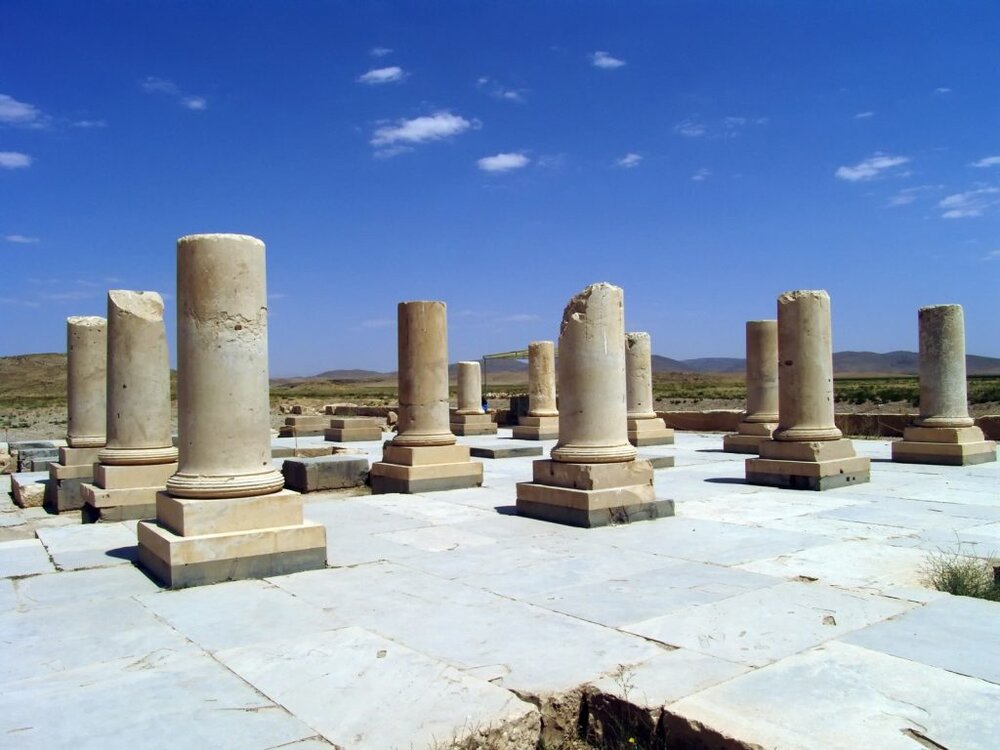Magnetic survey reveals two stone structures in Pasargadae

TEHRAN – A recent magnetic survey conducted by a team of Iranian and French interdisciplinary experts suggests that two historical stone structures exist beneath the UNESCO-registered Pasargadae in southern Iran.
Six places were initially identified as historical discoveries, four of which were later proved to be non-historical, ISNA reported on Monday.
Two of the findings that are situated some 70 cm beneath the surface are estimated to date from the Achaemenid era (c. 550 – 330 BC).
Soil samples from the sites have been collected to be sent to France for further examination based on the optically stimulated luminescence (OSL) method, which is used for measuring doses from ionizing radiation.
Situated in about 50 km north of Persepolis, Pasargadae embraces outstanding examples of the first phase of royal Achaemenid art and architecture and exceptional testimonies of Persian civilization.
Cyrus was the founder of Achaemenid Empire which at its greatest extent stretched from the Balkans to the Indus Valley, spanning 5.5 million square kilometers. The Persian king declared world’s first charter of human rights, also known as the Cyrus Cylinder.
Despite the minimal nature of the ruins they make a good introduction to the wonders of Persepolis, some 60km to the south. Best visited en route from Yazd or Isfahan to Shiraz, most people fit them into an extended tour from Persepolis with stops at Naqsh-e Rostam and Naqsh-e Rajab.
AFM/MG
Leave a Comment